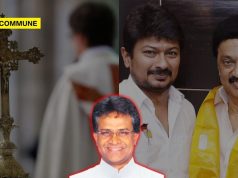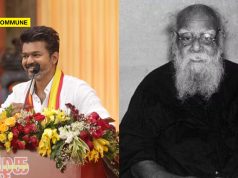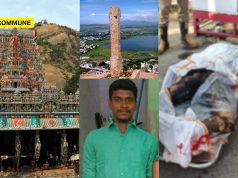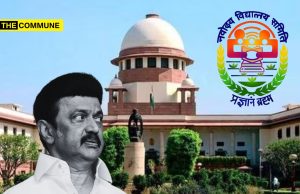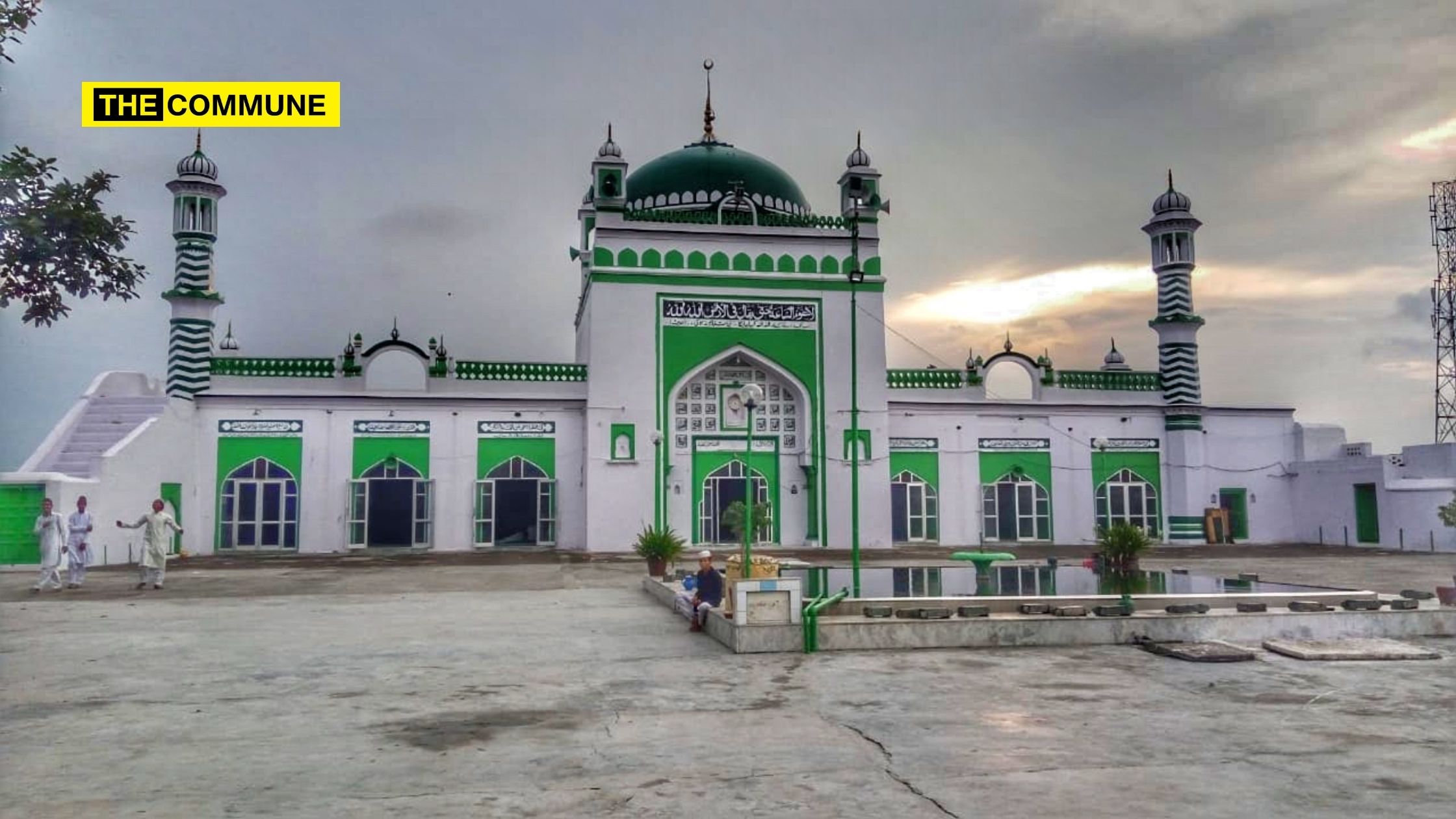
Image Source: Swati Goel Sharma
The Sambhal Jama Masjid, a 16th-century mosque protected as a ‘national monument’, became the centre of a legal and communal controversy following a petition filed on 19 November 2024. The petitioners, led by Hari Shankar Jain, stated that the mosque was constructed on the site of an ancient Hari Har Mandir, similar to those involving religious disputes in Varanasi, Mathura, and Dhar. The civil judge of the district court ordered a photographic and videographic survey of the mosque, which was peacefully conducted the same day under heavy police presence.
However, a second survey on 24 November 2024 escalated into violence. This survey, conducted in the presence of police and petitioners, was preceded by a local priest and chants of “Jai Shri Ram.”
🚨As per local news report, Amid stone pelting and clashes, the court-appointed survey team has entered the disputed mosque! pic.twitter.com/Qfg8CwLeZM
— मैं हूँ Sanatani 🇮🇳 🚩🚩 (@DesiSanatani) November 24, 2024
Islamist obstruct legal process of Court survey by life threatening attack on Police and Survey team in Sambhal.
After some time they will come out as victim.
Islamists pelted stone at the survey team which reached Shahi Jama Masjid to conduct a survey of the mosque
Following… pic.twitter.com/iQtKUo7SVa
— Oxomiya Jiyori 🇮🇳 (@SouleFacts) November 24, 2024
A large crowd of Islamist protestors gathered, and the situation turned volatile with stone-pelting from the mob. Police reportedly used tear gas and lathi charges to disperse the crowd but were accused of opening fire, resulting in the deaths of five individuals, including two teenagers. Residents alleged that police also ransacked homes, which was denied by authorities. The mosque was built by Babur’s general Mir Hindu Beg around 1528.
However, when local Hindu minorities in the region were asked about the disputed property, they would only address it as the Shri Hari Har temple.
Temple Or Mosque?
Sambhal, a town in Uttar Pradesh, houses the disputed mosque structure. The structure is located in the Kot area of Sambhal and has become a focal point of tension, with both Hindu and Muslim communities claiming historical ties to the site.
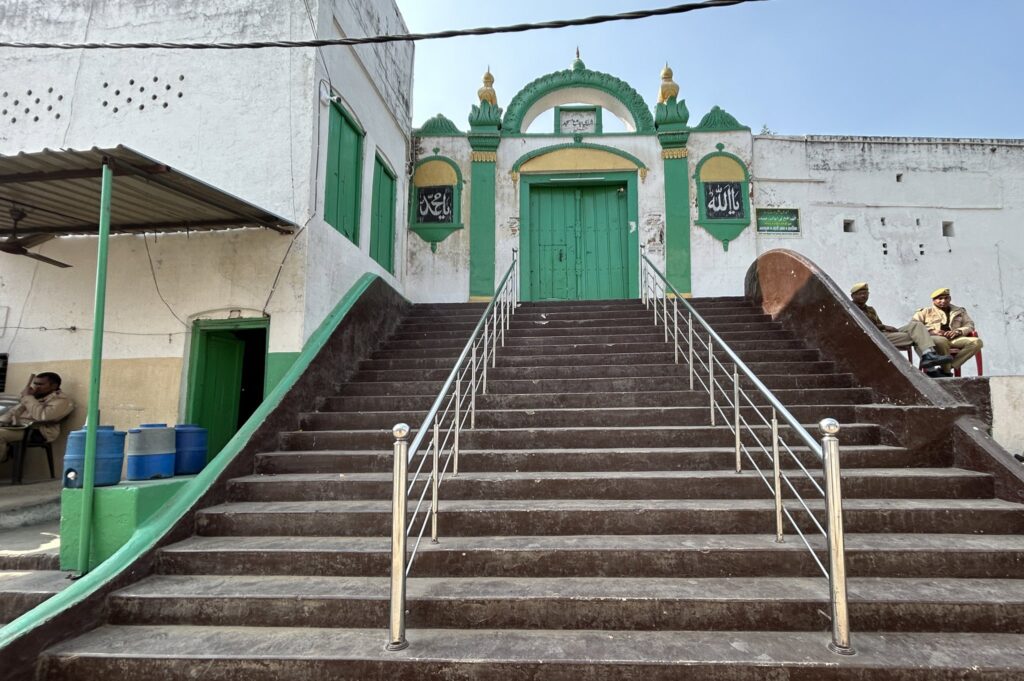
The area is divided into two distinct parts, Kot Purvi (East) and Kot Gharbhi (West), home to Hindu and Muslim populations, respectively. The street outside the mosque, which leads to a local police station, is predominantly Hindu and is humorously referred to as “Post Office Road” by locals, who liken it to the India-Pakistan border due to the communal divide.
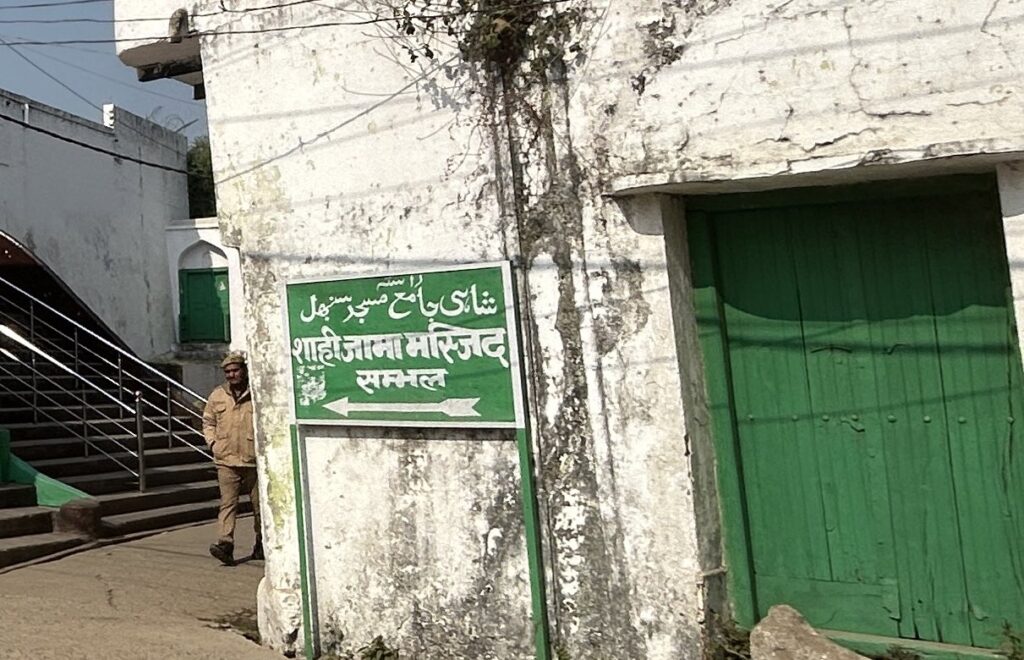
According to the 2011 census, Hindus comprise 22% of Sambhal’s population, with the Hindu community in Kot Purvi constituting no more than 10%.
Several residents, particularly from the Hindu community, have consistently referred to the mosque site in Sambhal as the location of the Hari Har Temple. Anil Tandon, a 66-year-old lifelong resident of Kot Purvi, recalls that his family always regarded the site as the Hari Har Temple. He says that as a child, he visited the site with relatives who were interested in seeing the temple inside the mosque. Back then, Hindus could still enter the mosque premises before the construction of large walls that now enclose it. Tandon remembers a locked room and a water “kund” inside.
Anil Tandon, aged 66 and a lifelong resident of Kot Purvi, said his family always referred to the property as Hari Har Temple
Jama Masjid was a recent construction and it used to be Hari Har temple temple before, his family would say
When Anil was 8, he visited the site with… pic.twitter.com/Dg3IUpOJ5Y
— Swati Goel Sharma (@swati_gs) November 27, 2024
Similarly, Arvind Arora, 75, whose family migrated from Lahore in 1947, also refers to the site as the Hari Har Mandir. Arora shared that his family had learned to call it the Hari Har Temple after their arrival in Sambhal following Partition. Many of the residents in the area, including displaced Punjabi families, share this sentiment. However, Arora notes that many families are leaving the area due to growing tensions and changing demographics.
Arvind Arora, 75, whose father migrated from Lahore in 1947, said his family learnt to call the site as ‘Hari Har Mandir’ when they arrived here
I disocbvered that the area is home to many Punjabi families displaced by partition. Arvind Ji said they are fast leaving the area as… pic.twitter.com/prXndgUYSu
— Swati Goel Sharma (@swati_gs) November 27, 2024
Another local, Muni Devi, 90, recalls using a well outside the mosque’s gate for religious ceremonies like Kuan Pujan (a newborn ritual). She states that the mosque committee later covered the well with a wall, taking half of it inside the mosque premises. Residents claim that the well, now under police guard, has historical significance.
Muni Devi, 90, recalls using a well just outside the mosque’s front gate for rituals like Kuan Pujan (ceremony for newborns). Kuan Pujan for all her children was conducted at the well
Later, the mosque managers covered the well and built a wall over it, taking half of it inside… pic.twitter.com/LlxiTUMhZp
— Swati Goel Sharma (@swati_gs) November 27, 2024
In addition to these personal accounts, several locals have pointed out the presence of an Archaeological Survey of India (ASI) plaque outside the Sambhal masjid in their youth, which they believe indicated the mosque was built over an existing Hindu temple. One resident, now 57, claims the mosque committee removed the ASI plaque, further deepening suspicions about the true nature of the site.
Another resident (57) remembers seeing an Archaeological Survey of India (ASI) plaque outside the premises as a child
He says the mosque managers have removed it. He believes namaz was allowed as a permission by ASI, not as a permanent right
Many elderly locals echoed the same… pic.twitter.com/mUQiAZeMhO
— Swati Goel Sharma (@swati_gs) November 27, 2024
The controversy has gained further attention with a petition filed by Vishnu Jain and others contesting the mosque’s construction. The petition alleges that the mosque encroaches upon ASI-protected land. The petitioners argue that the mosque committee has taken control of the property, not only denying access to the public but also obstructing ASI officials from exercising their rights over the land. According to the petition, the mosque committee has even locked portions of the property without legal authority to do so.
Now, let’s see what is the main plea filed by @Vishnu_Jain1 and others regarding the disputed property
That the structure is an ASI property encroached upon by the mosque committee
Read these portions from their petition:
-ASI has not done anything to maintain the property and… pic.twitter.com/ADRW4pAFAv
— Swati Goel Sharma (@swati_gs) November 27, 2024
The petition also references historical evidence, citing an ASI survey conducted in 1875-1876, which details how the mosque was constructed over an existing temple. According to the petitioners, this survey report strengthens the claim that the Shahi Jama Masjid was built on the ruins of the Hari Har Temple in Sambhal.
The petition also states historical facts about the property. The portion I am attaching refer to an ASI survey in 1875-1876 detailing how the mosque was built over an existing temple pic.twitter.com/x1w3Xxe49b
— Swati Goel Sharma (@swati_gs) November 27, 2024
The violence in the area escalated over the weekend, particularly on Sunday, when a clash broke out in the Muslim-populated area behind the mosque. The lane was reportedly deserted the following day, with security personnel combing the area for stone-pelters based on footage. Residents were reluctant to speak to outsiders, and many houses in the vicinity were locked. The violence has raised concerns about the safety and stability of the area, with many fearing the potential for further unrest.
While there is strong support within the local Hindu community for reclaiming the site as the Hari Har Temple, some residents, like Kamal Gambhir, 50, whose family also migrated from Multan, argue against pursuing such a course due to the violence and social unrest it could provoke. Gambhir, acknowledging the site’s historical significance as a Hindu temple, cautions that reclaiming it would lead to curfews, business disruptions, and greater communal tensions.
Kamal Gambhir, aged 50, whose family came from Multan, acknowledges the site as Hari Har Temple as everyone else but opposes reclaiming it
“It causes violence, curfews, internet suspensions, and affects business,” he said
As per my observations, while elderly and younger Hindus… pic.twitter.com/sGecflC1Lk
— Swati Goel Sharma (@swati_gs) November 27, 2024
The ongoing dispute over the Shahi Jama Masjid in Sambhal is a complex issue, rooted in both historical grievances and contemporary communal tensions.
Finally, attaching some visuals of back side of the mosque that is Muslim-populated and where violence happened on Sunday
The lane was deserted yesterday except for security personnel as police are identifying stone-pelters through footage. Many houses were locked and anyone out… pic.twitter.com/eS2WP9YFW1
— Swati Goel Sharma (@swati_gs) November 27, 2024
This article is based on an X thread by Swati Goel Sharma.
Subscribe to our channels on Telegram, WhatsApp, and Instagram and get the best stories of the day delivered to you personally.

